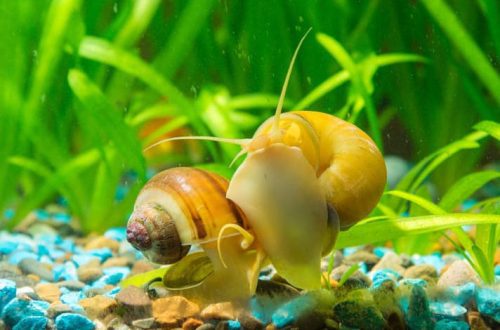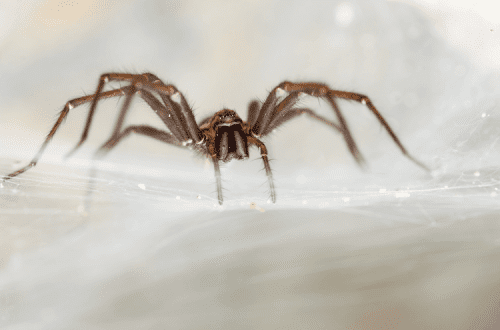
Aquatic, sea and land turtles: how to care for them at home
Small turtles living in the aquariums of a pet store attract attention with their cute appearance and extraordinary coloring not only for children, but also for adults. Children often ask to buy such a turtle home. When purchasing a new pet, adults understand that they will have to take care of the animals. And although the turtle is not as noticeable as a dog or a cat, and it is easy to forget about it, it needs feeding and care, like any pet.
Contents
water turtle
At home, you can keep Caspian, swamp or red-eared water turtle. The bog turtle usually gets into the house from the pond of the neighboring park, the red-eared turtle is purchased at the store.
What to look for when buying an aquatic turtle:
- Behavior: coordination of movements, activity.
- Appearance: the shell should be of the correct form with even shields adjacent to each other. It must be free of damage and unsightly stains.
- The mucous membrane of the oral cavity in healthy reptiles is light pink in color, without whitishness and plaque.
- Turtle breathing should be silent.
- There should be no discharge from the nose and mouth.
Water turtle at home
To keep turtles need an aquarium, the volume of which depends on the size of the reptile. Its width should be twice as large as its height. When choosing an aquarium, keep in mind that small turtles grow quickly. However, it is not worth acquiring it for “growth”. In a large aquarium, a small turtle will feel uncomfortable. It is best to first buy a small inexpensive aquarium, and then replace it with a larger one.
Setting up an aquarium and caring for turtles
Water turtles crawl out onto land from time to time, so the arrangement of the aquarium should be such that it has a shore. Reptiles will get out on it to warm themselves and crawl.
You should immediately pay attention to the fact that the plastic island is inconvenient. Turtles slide off it. It is best to pick up a rough, gently sloping coast.
The land in the aquarium should occupy about one-fourth of the total area. From it to the edge of the container, you must leave at least thirty centimeters of space. Otherwise, the turtles may escape.
If you install a yellow incandescent lamp above the island, then you can not heat the water in the aquarium. Water should not be heated more than twenty-one degrees. It should be changed quite often to prevent a musty smell. This negatively affects the health of pets.
Small turtles are best taken out of the aquarium and placed in a warm and dry place. For example, in a box covered with a towel. Then they will grow and develop better.
little turtles should be fed every day. When they mature, the number of meals is reduced to once every three days. Sometimes turtles may refuse food, then they need to be fed with guppy fish.
The diet of water turtles must include lean meat (beef, chicken, turkey) and chopped vegetables. Adult reptiles are recommended to be given supplements containing trace elements, calcium and vitamins necessary for the proper development and growth of the aquatic turtle.
Red-eared or sea turtle
This type of turtle has a dark brown or slightly greenish shell, webbing between the legs and red stripes-ears behind the eyes.
With good care they can live up to thirty years.
Since sea turtles are water turtles, they should be kept in spacious aquaterrariums. Its device should be the same as for water turtles.
For an aquarium, ordinary tap water, settled for a day, is used. It should be changed once a month. Put pebbles on the bottom of the aquarium.
To maintain the desired temperature, the aquarium is equipped with an incandescent lamp, and for the good development of turtles – with an ultraviolet lamp.
Food
Since sea turtles are predators, their diet must include must include meat, various seafood and fish without large bones. Do not give them fatty fish (sprat, capelin, mackerel).
But meat should not be the main food. If sea turtles are fed only meat, they will inevitably get sick with rickets. The diet of young turtles should include animal feed. For older reptiles, plant foods (seaweed, lettuce, pond algae) are preferable. Often, domestic sea turtles suffer from a lack of calcium. Therefore, it is recommended to add vitamins containing calcium or crushed eggshells to their diet.
At first, to feed the sea turtle, food should be placed at the water’s edge. Once your pet is used to it, you can start feeding it on the island by placing the food in a saucer of water.
Handling and caring for babies
Having bought a small turtle, you should know that they are still very soft. It is necessary to ensure that they are comfortable and eat well. Cubs are very susceptible to disease, so they have a high mortality rate.
Do not pick up small turtles. They may get scared and get sick. Also, do not stand over the aquarium and knock on the glass. Pets should be given a few days to get used to them so that they begin to eat.
On the plastron, small turtles have a yolk sac. From it, newly hatched cubs consume nutrients. This bag must not be touched or removed. During the first time, turtles may refuse food and begin to eat only when the yolk sac has resolved.
Water temperature for babies in an aquarium should be 26-27C, that is, higher than for adult sea turtles. It should be changed every two days.
Baby turtles are fed with special turtle food. Keeping baby and adult turtles together is not recommended.
Possible problems
With improper care animal can get sick. Diseases are most often manifested by symptoms such as:
- soft or crooked shell;
- lack of appetite;
- puffy or permanently closed eyes;
- skin peeling;
- coryza;
- lack of mobility;
- refusal of food;
- formations in the mouth;
- open fresh wound;
- swelling on the head.
If you find any of these symptoms, you should consult a specialist. Self-medication is not worth it!
Tortoises
The most common type of domestic turtle is the Central Asian, which can be purchased at any pet store without any problems. The homeland of such turtles is the deserts and steppes of Asia. That’s why they are sometimes called steppes. The shell of a land tortoise has a yellow-brown color, and its length is from twenty to thirty centimeters. Reptiles have four toes on their front paws.
Living conditions, feeding and bathing
For land turtles, a terrarium is usually prepared, but if one is not available, a regular cardboard box or plastic container will do.
Tank bottom covered with clean hay or sawdust. It is not recommended to use earth or sand. In order for the turtle to periodically grind down its claws, it is worth putting several large stones in the terrarium.
The terrarium must be equipped with an infrared heater or an incandescent lamp. In order for the turtle not to suffer from a lack of sunlight, an ultraviolet lamp should be installed.
Turtles do not really like attention to them and often hide. Therefore, you can build a “house” for them. You can make it from a flower pot cut along, half of which will become a shelter for your pet.
Land turtles love to eat vegetables (mashed carrots, zucchini), fruits (apples and others), dandelions and lettuce. Dandelions can be dried for the winter.
Turtles “drink” through their skin, so they should be bathed at least once a week. The water temperature for this should be about + 32C, and its level should be up to the middle of the shell.
Caring for nails and shells
Overgrown claws prevent the turtle from walking. If they do not grind on a stone, then they need to be trimmed. This is usually done with nail scissors or tongs.
Land tortoises must be especially carefully looked after during their molt. To do this, while bathing, baking soda is added to the water (one teaspoon per liter of water). For molting, a pet in such a solution bathes no more than two times. Do not lubricate the shell with lotions or oils. They only clog the pores on the skin, but there is practically no benefit.
In summer, at temperatures above +20C land turtles can be walked. For this, a green lawn is suitable, on which dandelions and clover grow.
Having created all the necessary conditions for your pet, he will feel good and comfortable throughout the long tortoise years. Do not forget that an animal is still not a toy, but a creature that needs care and attention.





